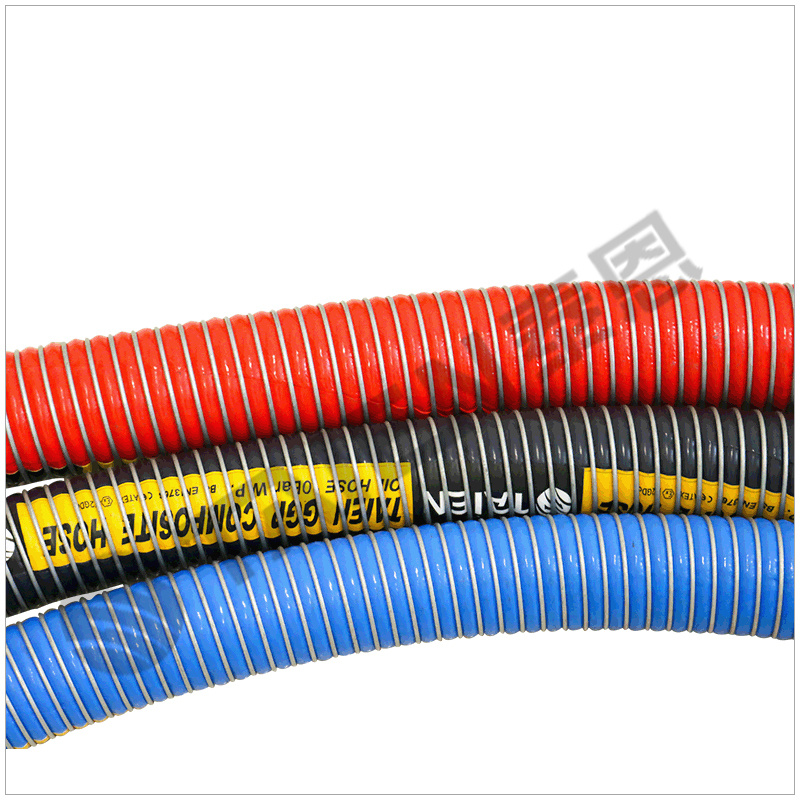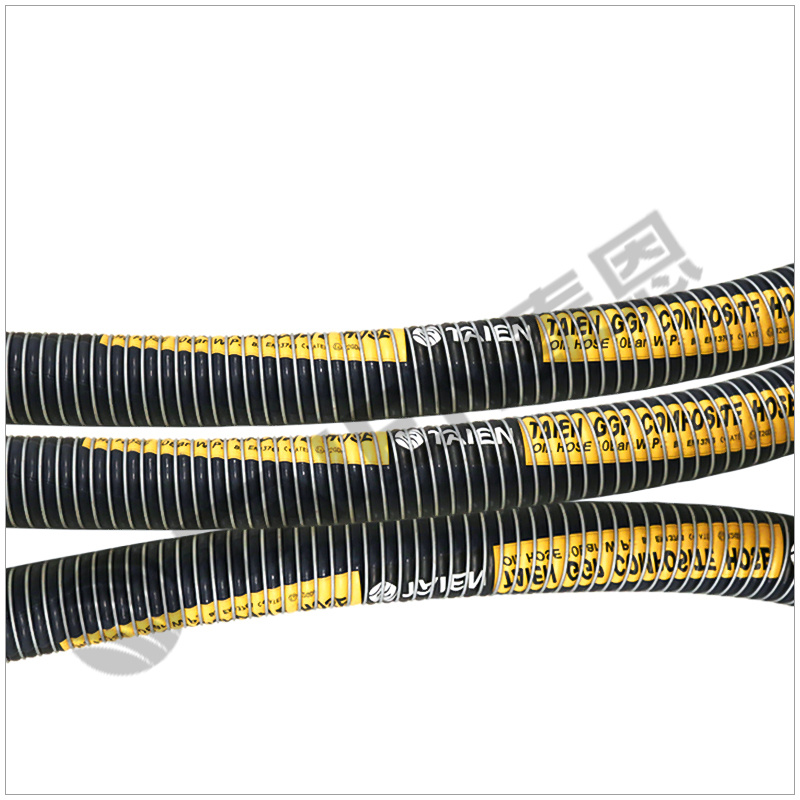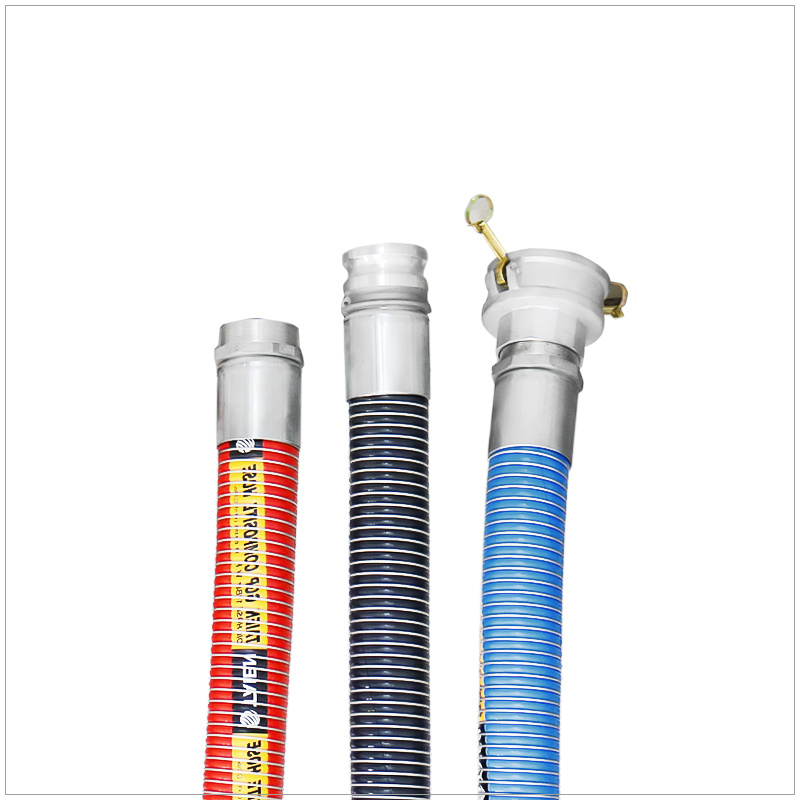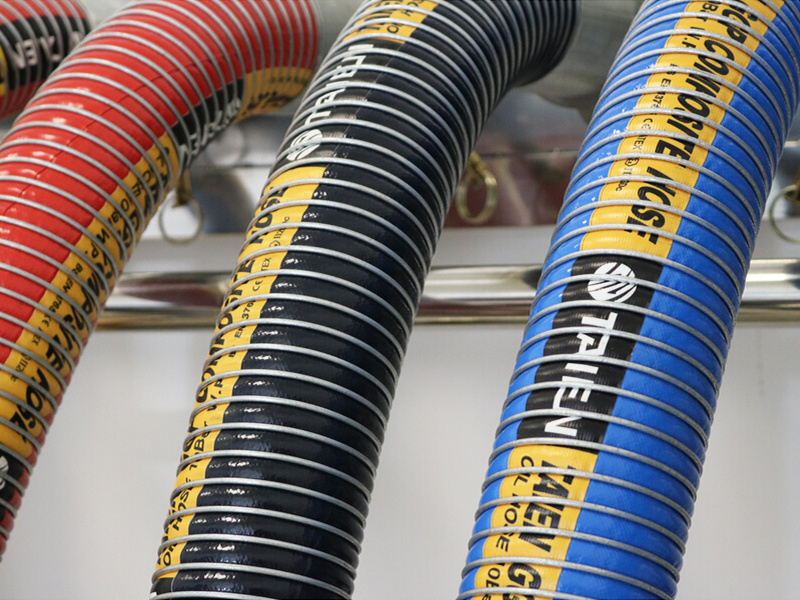How to Effectively Troubleshoot Common Issues with Teflon Hoses
Release time:
2025-06-04
Author:
Source:
Abstract
How to Effectively Troubleshoot Common Issues with Teflon Hoses
Table of Contents
1. Introduction to Teflon Hoses
2. Understanding Teflon Hoses: Properties and Applications
3. Common Issues with Teflon Hoses
3.1 Leakage Problems
3.2 Kinking and Bending
3.3 Abrasion and Wear
3.4 Temperature Resistance Failures
3.5 Fit
How to Effectively Troubleshoot Common Issues with Teflon Hoses
Table of Contents
- 1. Introduction to Teflon Hoses
- 2. Understanding Teflon Hoses: Properties and Applications
- 3. Common Issues with Teflon Hoses
- 3.1 Leakage Problems
- 3.2 Kinking and Bending
- 3.3 Abrasion and Wear
- 3.4 Temperature Resistance Failures
- 3.5 Fitting Issues
- 4. Effective Troubleshooting Methods
- 5. When to Consider Hose Replacement
- 6. Frequently Asked Questions
- 7. Conclusion
1. Introduction to Teflon Hoses
Teflon hoses have gained significant popularity in various industries due to their exceptional chemical resistance and thermal stability. They play a crucial role in pneumatic systems, ensuring efficient fluid transfer. However, like any mechanical component, Teflon hoses can encounter issues that may hinder their performance. In this guide, we will explore the common problems associated with Teflon hoses and provide you with effective troubleshooting techniques.
2. Understanding Teflon Hoses: Properties and Applications
Teflon, or polytetrafluoroethylene (PTFE), is renowned for its remarkable properties. It is non-reactive, has a broad temperature range, and exhibits low friction. These features make Teflon hoses ideal for transporting various fluids, including aggressive chemicals and gases. Common applications include:
- Pneumatic systems
- Chemical processing
- Food and beverage industries
- Pharmaceutical manufacturing
Understanding these properties is essential for recognizing potential issues that may arise.
3. Common Issues with Teflon Hoses
Despite their advantages, Teflon hoses can experience several common issues:
3.1 Leakage Problems
Leakage is one of the most prevalent problems encountered with Teflon hoses. It can occur due to various reasons, such as improper installation, excessive pressure, or physical damage. Signs of leakage include visible fluid around connections or a drop in pressure within the system.
3.2 Kinking and Bending
Kinking occurs when a hose is bent at a sharp angle, leading to restricted flow and potential damage. This issue often arises during installation or if the hose is subjected to tight bends in a confined space.
3.3 Abrasion and Wear
Abrasion can result from contact with sharp edges or rough surfaces. Over time, this wear can compromise the integrity of the hose, leading to leaks and failures.
3.4 Temperature Resistance Failures
While Teflon hoses are designed to withstand extreme temperatures, prolonged exposure to temperatures beyond their rated limits can degrade performance. This often manifests as discolored or brittle hose material.
3.5 Fitting Issues
Improperly fitted connectors can lead to significant issues. Mismatched fittings or misalignment can cause leaks and hamper fluid transfer efficiency.
4. Effective Troubleshooting Methods
To ensure optimal performance from your Teflon hoses, follow these troubleshooting methods when encountering issues.
4.1 Step-by-Step Troubleshooting Guide
1. **Identify the Problem**: Begin by observing the hose and system. Look for visible signs of wear, leakage, or improper installation.
2. **Check Connections**: Ensure that all fittings are properly secured and compatible with the hose diameter.
3. **Inspect for Kinks**: Examine the hose for any kinks or sharp bends that could restrict flow.
4. **Evaluate Operating Conditions**: Review the operational temperature and pressure to ensure they are within the hose's specifications.
5. **Conduct a Pressure Test**: A pressure test can help identify leaks that are not immediately visible. Use a pressure gauge to check for drops in pressure.
4.2 Preventive Measures for Longevity
Taking preventive measures can significantly enhance the durability of Teflon hoses:
- **Proper Installation**: Always follow manufacturer guidelines for installation.
- **Routine Inspections**: Regularly inspect hoses for signs of wear and damage.
- **Use Protective Sleeves**: Consider using protective sleeves in areas prone to abrasion.
- **Monitor Operating Conditions**: Keep track of temperature and pressure levels to prevent overheating or excessive pressure.
5. When to Consider Hose Replacement
Recognizing when to replace a Teflon hose is crucial for maintaining system efficiency. If you notice any of the following signs, it may be time to replace your hose:
- **Visible Damage**: Cracks, abrasions, or severe discoloration.
- **Persistent Leaks**: Repeated leaks despite attempts to repair.
- **Loss of Performance**: Decreased efficiency or flow rate even after troubleshooting.
6. Frequently Asked Questions
What are the signs of a failing Teflon hose?
Some signs include visible leaks, kinks, or noticeable wear, such as cracks or abrasions.
Can Teflon hoses withstand high pressures?
Yes, Teflon hoses can handle high pressures, but it is essential to select the right grade and size for your application.
How often should I inspect my Teflon hoses?
Regular inspections are recommended every six months, or more frequently in high-stress applications.
Are Teflon hoses suitable for food processing?
Yes, Teflon hoses are FDA-approved and commonly used in food processing applications due to their non-reactive nature.
What should I do if my Teflon hose is leaking?
Inspect the hose and fittings for damage, ensure proper installation, and consider replacing the hose if the issue persists.
7. Conclusion
Troubleshooting common issues with Teflon hoses requires a methodical approach and understanding of the specific problems that can arise. By familiarizing yourself with the properties and applications of Teflon hoses, you can effectively identify and address issues such as leakage, kinking, and temperature failures. Implementing preventive measures and regular inspections will further enhance the lifespan and efficiency of your hoses. By following the guidance provided in this article, you can ensure that your Teflon hoses operate optimally, maintaining the reliability of your pneumatic systems.
Recommended Reading














